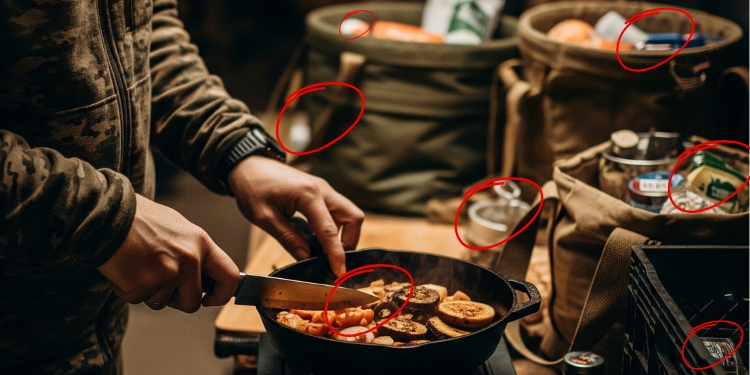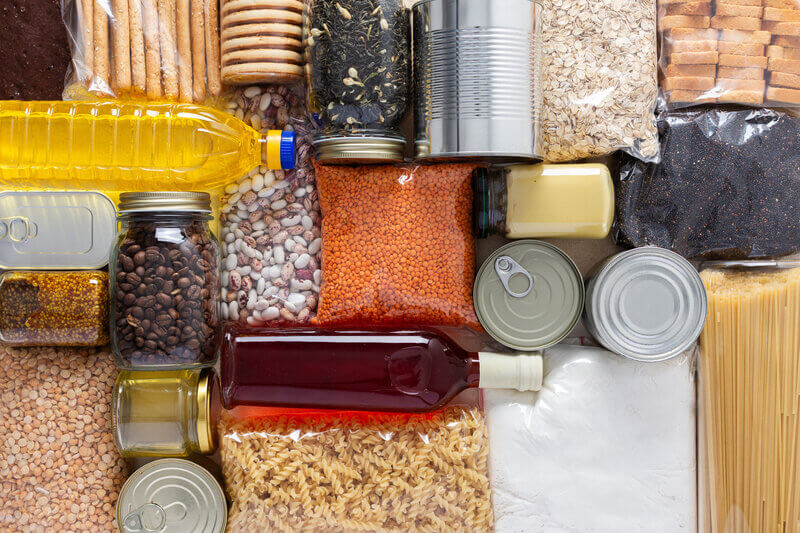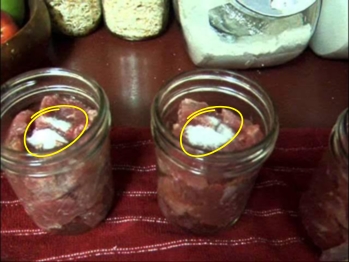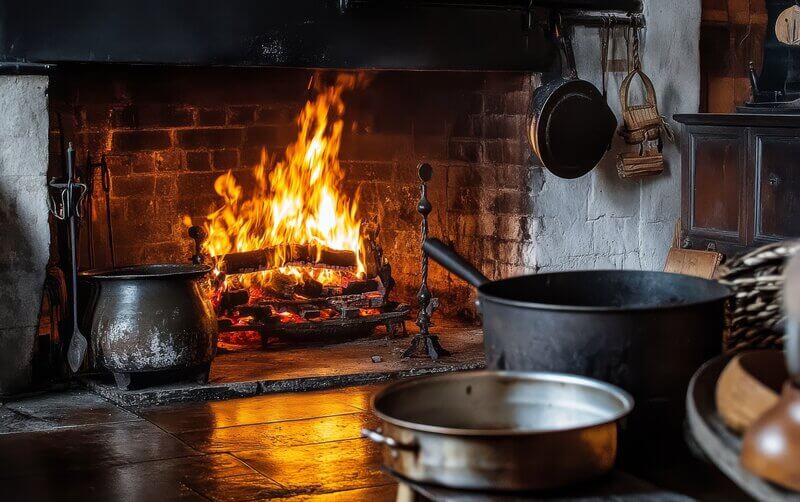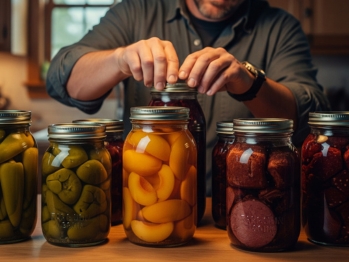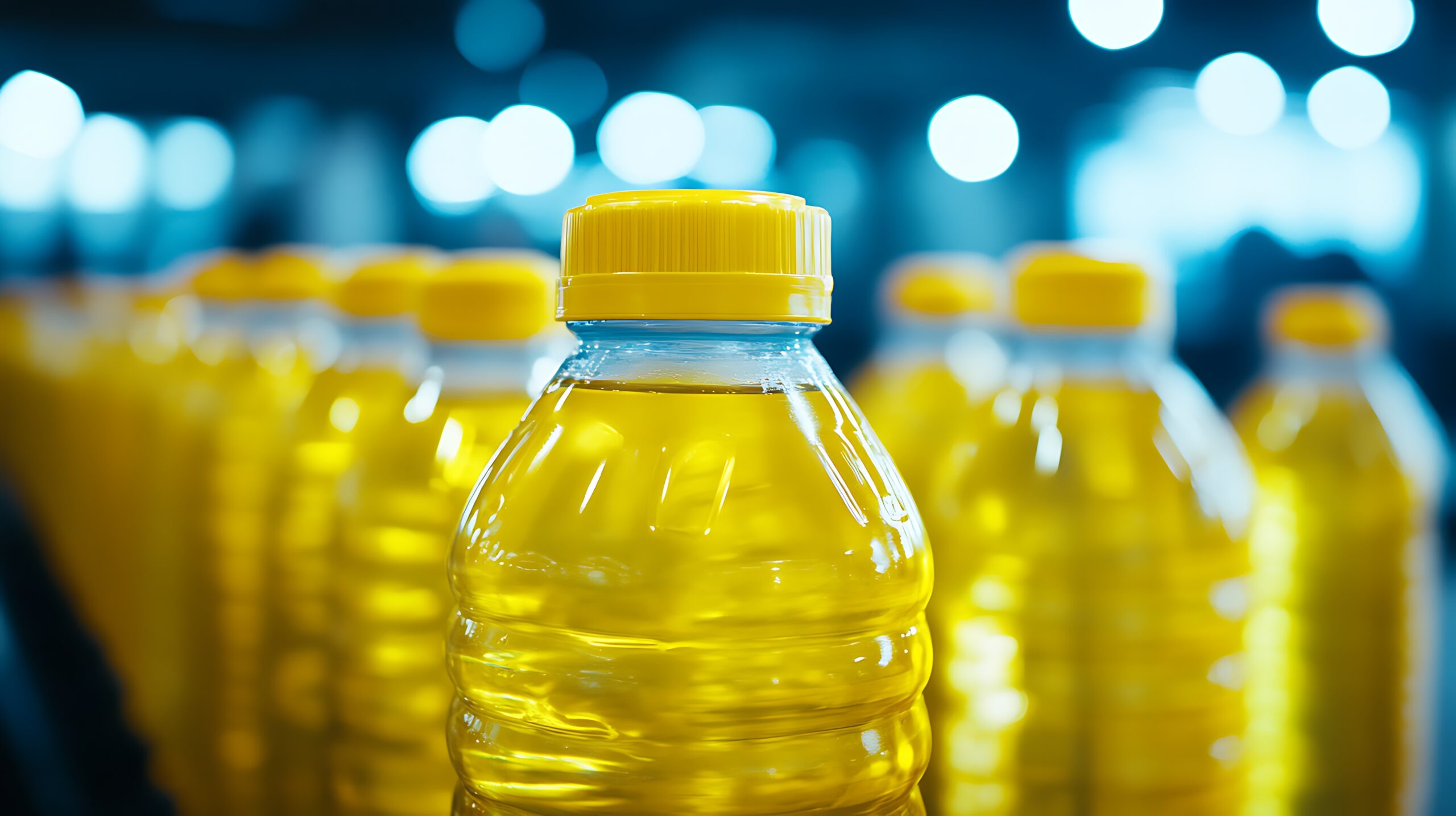Most people think of cooking as harmless — even comforting. But when SHTF, cooking mistakes can turn deadly fast. One wrong move with your food prep and you’re not just ruining dinner, but you’re risking food poisoning, bacterial infections, or even chemical exposure. In survival mode, your margin for error disappears. That’s why it’s critical to know what mistakes to avoid, before it’s too late.
When SHTF, make sure you won’t be making any of these 10 Cooking Mistakes
1. The Deadliest of the Cooking Mistakes
Water-bath canning low-acid foods like green beans, meat, or potatoes is a mistake that can invite botulism, a toxin 1,000 times more poisonous than cyanide. Only pressure canning kills it.
2. Trusting Your Pressure Gauge (Even When It’s Lying)
Over time, pressure canner gauges drift. That’s why testing it yearly is non-negotiable. Just 2 PSI too low, and you’re not killing deadly microbes.
It’s why Grandma used to keep a little notebook near her stove, marking every dial reading, altitude tweak, and pressure test like clockwork. And if you’ve ever seen her slip this leaf into her jars before sealing them… that wasn’t for flavor. It was one of her secrets for drawing out bitterness and helping ensure a firmer texture under pressure.
3. What Happens When Dry Goods Go Damp>
If you’re not storing dry goods like beans, flour or oats airtight, cool, and moisture-free, you could be growing something in your pantry far more dangerous than hunger: aflatoxins.
These deadly toxins are produced by mold that thrives in warm, damp conditions. But just a few doses over time can destroy your liver, cause cancer, or worse.
4. Using Old Lids to “Save Money”
Reusing lids might save you $3… but one broken seal can put you and your family in danger. Spores love oxygen-starved environments like canned food. Our pioneer forefathers had an ingenious method that didn’t rely on flimsy factory seals. What they relied on kept food safe long before modern lids were invented. Here you can see the most used preservation trick that didn’t just keep food edible… it actually made food safer as it aged.
5. Why Even Safe Wild Plants Become Lethal If You Miss This Step
In a crisis, you will also turn to the wild for food—boiling leaves, roots, or berries you’ve foraged to stretch your meals or make broth. But here’s the catch: even if the plant itself is safe to eat when cooked… you shouldn’t drink the water.
Some wild plants contain natural toxins that leach out during boiling. This is true of well-known survival foods like:
- Pokeweed (you should boil the young leaves twice and throw the water out)
- Cassava (improperly processed roots contain cyanide compounds)
- Elderberry leaves and stems (contain glycosides that release cyanide)
- Rhubarb leaves, fiddlehead ferns, and others
This kind of poisoning doesn’t always act fast, either. Some toxins build up over time. That means a “healthy” wild stew today could become very dangerous tomorrow. Here’s a trick the Amish use to differentiate the wild edibles from their poisonous lookalikes.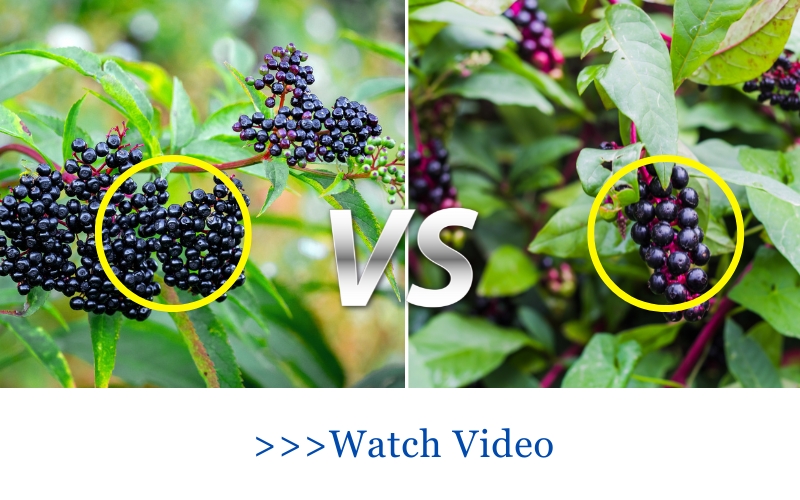
6. The Hidden Danger of Cooking Indoors When the Grid Goes Down
In a blackout, a blizzard, or any crisis where you’re stuck inside, cooking indoors with alternative fuel can be a smart move.
But what you need to keep in mind is that grills, propane heaters, charcoal stoves- even tiny alcohol burners – release carbon monoxide when burned in enclosed spaces.
Thousands die every year from improvised indoor cooking. People think cracking a window or opening a door is “good enough ventilation.” It’s not. Carbon monoxide builds up faster than you realize, and once it hits critical levels, it replaces the oxygen in your blood, starving your brain and heart of air.
Here’s how to stay safe:
✅ Never burn charcoal, propane, or butane indoors without a properly vented system. These fuels release carbon monoxide every time they burn. Even “clean” flames can kill in a closed room.
✅ Use only indoor-approved emergency stoves or heaters—like alcohol stoves with a catalytic converter, or canister-based indoor cooking systems specifically labeled for indoor use.
✅ Install battery-powered carbon monoxide detectors in every major room.
✅ Ventilation isn’t a cracked window—it’s a constant, cross-ventilating air flow. If you can’t feel a breeze moving air out of the room, it’s not safe to burn fuel.
✅ Stick to fuel sources that burn clean indoors, like canned heat (Sterno), certain solid-fuel tablets (Esbit), or rocket stoves that are designed with exhaust piping and airflow in mind.
✅ If you must cook indoors in a disaster, keep it short and never leave flames unattended. The less time the fire’s burning, the lower the CO buildup.
7. Don’t Cook Over Fire Until You Read This About Your Cookware
In a survival situation, anything that holds food starts to look like a cooking pot. An old paint can, a metal bucket, a sheet of scrap metal. Many scrap containers are coated with chemical linings, lead-based paints, or zinc (like in galvanized steel), all of which release toxic fumes or heavy metals when heated. These invisible poisons leach directly into your food, especially when cooking over open flame.
You won’t smell the toxins. You won’t taste them. But over time, they can damage your nervous system, liver, and kidneys, or even trigger cancers linked to chronic metal exposure. In high enough doses, they can kill you fast.
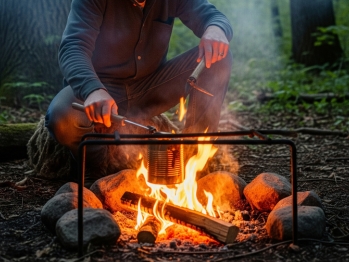
And here’s the kicker: aluminum cookware—especially old or scratched pans—can leach aluminum into food when exposed to high heat or acidic ingredients like tomatoes or vinegar. While it’s debated, long-term aluminum exposure has been linked to Alzheimer’s, bone deterioration, and neurotoxicity.
Real-World Danger: A “Campfire Chili” That Landed Two People in the ER
A husband and wife made chili in what they thought was a clean, heavy-duty paint can while camping off-grid. By nightfall, both were vomiting, dizzy, and had tingling in their fingers and lips.
The can had a zinc lining that released zinc oxide fumes into the food—essentially a slow dose of metal fume fever. They survived, but barely, after a hospital stay and an at-home 2-ingredient detox remedy. Click here to check out the ingredients.
✅ Use only cookware labeled as food-safe or stainless steel. Cast iron, ceramic, or enamel-coated Dutch ovens are excellent for open-flame cooking.
✅ Avoid anything galvanized, painted, soldered, or questionable. If you wouldn’t use it in your kitchen at home, don’t use it over a fire.
✅ Never cook in cans unless you’re absolutely certain they’re unlined and food-grade. (Even then, it’s risky.)
8. This Mistake Happens AFTER The Jars Are Sealed
Another one of the most dangerous cooking mistakes. When jars don’t cool slowly and evenly, two things can go horribly wrong:
- The glass can crack from thermal shock, creating hairline fractures you won’t notice… until bacteria start feasting inside.
- Or worse, the rapid temperature drop can break the vacuum seal without popping the lid, letting microbes slip in undetected.
A jar that looks perfectly fine could be harboring botulism spores. That’s why you should NEVER place hot jars in the fridge, freezer, cold water, or even a cool draft. Let them rest undisturbed at room temperature, spaced apart, on a towel-covered surface for at least 12 hours.
⚠️ Retired engineer builds a one-of-a-kind unique system. Claims it’s “blackout-proof and perfect for long-term food storage, even in scorching summers or freezing winters… without using a single watt of electricity.” Here’s how he made it.
9. Trusting Expired or Improperly Stored Cooking Oil – Common Cooking Mistakes
Don’t reach for that bottle of oil that’s been sitting in the cabinet for a year or more. That’s one of the most common cooking mistakes.
Over time, oils break down and oxidize, especially when stored in warm places or clear bottles exposed to light. That breakdown forms toxic compounds that can cause inflammation, nausea, digestive issues, and long-term cellular damage.
You might think, “It smells a little off, but it’s probably fine.” But in a survival situation, your immune system is already under pressure. Don’t add fuel to the fire.
And here’s the real trap: many people stockpile bulk vegetable oils thinking they’ll last for years. But most common oils—like canola, corn, soybean, or even olive oil—can start going rancid within six months once opened, especially without cool, dark storage.
These are some of the signs that your oil has gone bad:
- It smells like crayons, varnish, or musty nuts
- It has a bitter or metallic aftertaste
- It leaves a sticky film on cookware
- You feel nauseous or bloated after eating meals made with it
Make sure you rotate your stock and store it properly.
10. What Might Be Hiding Inside Your Sauerkraut
The only safe way to ferment your food is in a clean, sterilized, and properly weighted container. Improper fermentation creates an ideal breeding ground for botulism, listeria, and toxic molds. These pathogens thrive when:
- Your container wasn’t sanitized properly
- The food floats above the brine and gets exposed to oxygen
- You skimped on salt or ignored proper ratios
- You used a lid that doesn’t seal or breathe properly
Even a minor slip—like letting one shredded cabbage leaf peek out above the brine—can invite deadly spores that grow invisibly.
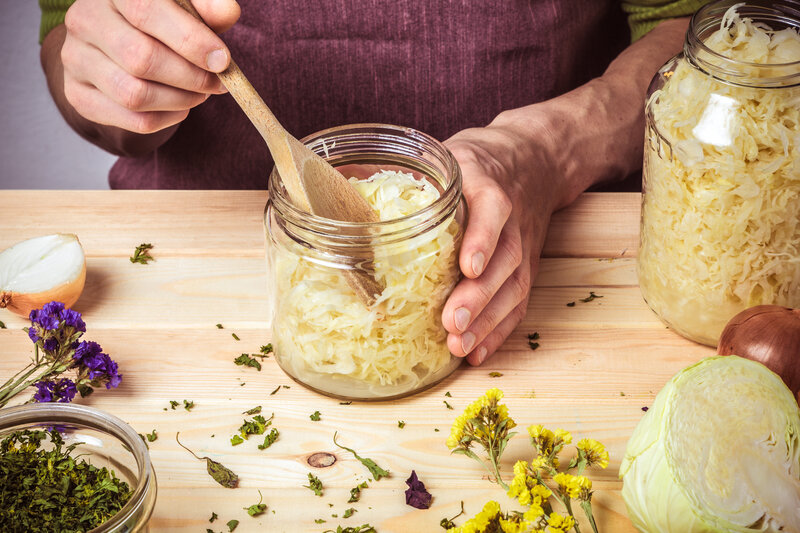
Here’s how to stay safe:
✅ Start with sterilized containers.
Boil your jars, lids, and weights for at least 10 minutes or wash with a bleach solution (1 tablespoon of bleach per gallon of water). Let everything air dry. A dirty container can sabotage everything before the ferment even starts.
✅ Always keep the food fully submerged under brine.
Use fermentation weights, clean stones, or even a water-filled bag as a press. One floating cabbage leaf can create a pocket of oxygen—and that’s where mold and botulism thrive.
✅ Follow proper salt ratios.
Too little salt lets bad microbes win. As a rule of thumb:
- For shredded vegetables (like cabbage): use 2% salt by weight
- For brine-based ferments: 1 tablespoon of salt per 2 cups of water
✅ Watch for signs of spoilage.
Slimy texture, pink or black mold, or foul odors mean something went wrong. Don’t rely only on smell—some of the worst pathogens leave no warning signs.
✅ Store ferments in a cool, dark place.
Ferments should stay below 72°F (22°C). Warmer environments speed up growth—but not always the kind you want.
Final Thoughts – Consider How The Amish Avoid Cooking Mistakes
The Amish use specific crocks, natural airlocks, and even layered leaves or wooden lids to protect ferments from surface mold. Here are some of the recipes and ingenious cooking and preservation methods you find inside the Amish Ways Book:
- The Amish “Cow in a Jar”
- How the Amish Turn Rotten Apples Into a Powerful Antiparasitic Medicine
- The “Sun-Cooked” Long-Lasting Bread Recipe
- How to make the Depression Stew
- How They Canned Bacon Fat to Survive Harsh Winters
- How to Make the Forever Butter
- This “Milk Shelf” Trick Keeps Dairy Fresh Without Power for 12 Months
- The No-Boil Amish Canning Method That Works… If You Know This One Secret Leaf
- The Depression-Era Canned Meatloaf Recipe That Fed a Family of 7 People
- The Underground Amish Stove Setup That Cooks and Heats Without Gas or Electricity
- The Preservation Trick The Amish Use to Keep Eggs Fresh for 2+ Years
There are also many other ways to avoid cooking mistakes.
Whether you’re canning, fermenting, storing dry goods, or cooking off-grid, doing it the right way basically helps keep your food safe. It also keep your family healthy, and your hard work from going to waste.
You may also like:
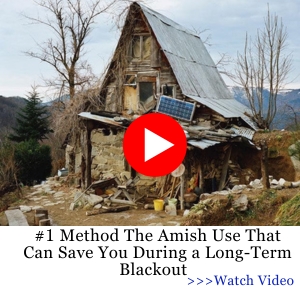
I Opened a Beef Tallow Jar From 10 Years Ago. This Is What I Learned
The ONLY Foods You Need to Stockpile (Video)
Foods You Should Never Cook in Cast Iron
Apocalypse Survival Foods You Should Stockpile Right Now
The $1-A-Pound Food Every Prepper Should Hoard
Read the full article here
